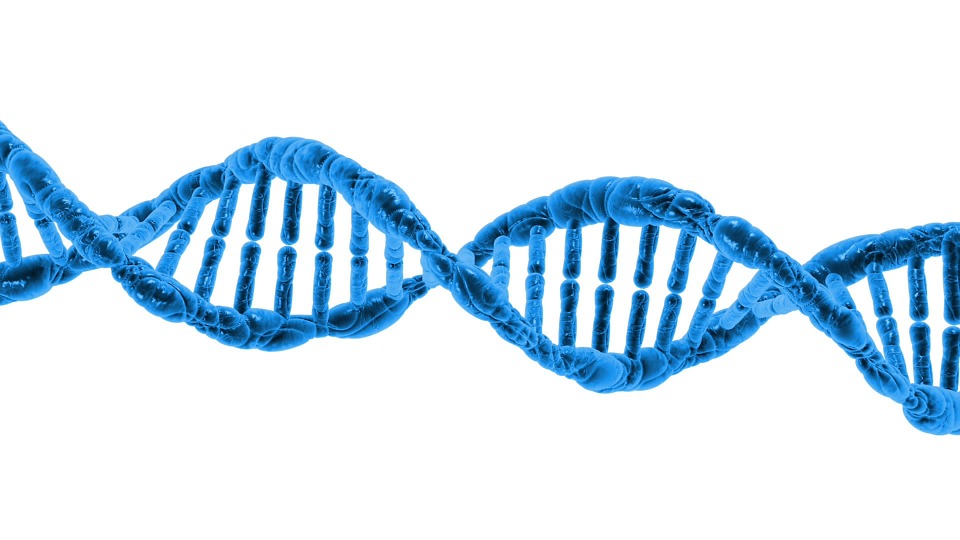Proteins perform a vast array of functions. Their structure and their role in the different metabolic networks has always been a popular subject of study for scientists. The most widespread techniques that must be explored in order to understand protein behavior are their characterization and purification methods. Protein analysis instruments are utilized to measure biomolecular interactions, enzyme kinetics, affinity characterization, among other biological events.

DNA sequencing techniques are among the most useful when describing the primary conformation of a protein. However, to fully describe complex protein behavior, it is necessary to analyze protein structure after foldage. This occurs when the biomolecule acquires its three-dimensional conformation. This configuration defines protein function and can depend on many variables such as temperature and pH.
Protein Purification and Characterization Methods
Protein characterization involves the utilization of experimental methods that allow for the detection, separation, and purification of a protein, as well as the characterization of its structure and function. There are many options available for protein purification and characterization, and scientists often employ multiple methods to analyze proteins. Some properties to take into consideration for separation and identification are size, physicochemical properties, and molecular structure.
Electrophoresis is generally used for separation based on size, with isoelectric focusing being the most commonly utilized technique to separate molecules based on their isoelectric point.
Chromatography is another essential biophysical tool that characterizes a protein. Initially, chromatographic techniques were used to separate substances based on their color, but today, chromatography is widely used as a sensitive separation method. Column chromatography is a frequently applied method due to the fact that proteins have different characteristic features: size, shape, net charge and binding capacity. At the same time, affinity chromatography is also used for the purification of a vast array of proteins by retaining them on a column through their affinity to antibodies, enzymes, or receptors that have been immobilized on the column.
Protein identification can be done by mass spectrometry or amino acid sequencing using Edman chemistry. Liquid chromatography-tandem mass spectrometry (LC-MS/MS) is another method that can be used.
On the other hand, the main applications of protein characterization and purification are for pharmaceutical, research and quality control purposes.
Modern technology has contributed to the improvement of protein quality and purity. Combining different techniques is undoubtedly the best way to reach the desired purity and achieve more consistent results. Although the characterization of bigger proteins is generally more complicated due to the complexity of its structure and the presence of stronger bonds, many advances have been made.
Recombinant DNA techniques have brought major changes to the production of proteins in large quantities and have contributed to the enhancement of protein purification. While contaminants and impurities continue to present a problem, the utilization of equipment to measure the presence, quality, and purity of proteins in a sample have ameliorated the actual techniques of protein characterization.
Another remarkable aspect to consider is that during the process and subsequent storage of proteins, many events can occur that may affect protein quality, such as protein unfolding, aggregation, and degradation.
It is not an easy task to determine the most suitable purification scheme, but designing one that uses the minimum number of steps will always ensure a better outcome. This is complicated by the fact that the scope of a protein purification plan will usually vary depending on the target protein (making defining clear objectives and employing equipment to detect critical contaminants crucial to helping reduce errors).
Finally, it’s important to note that thorough knowledge and understanding of the different techniques and their advantages will give scientists a better opportunity to choose the right protein characterization system.
SOURCES:

